Stay Up To Date

7 Headlines That Shaped the World: Teaching Current Events Through a Historical Lens
In social studies classrooms, connecting the past to the present is more than a teaching strategy—it’s a way to make history meaningful.
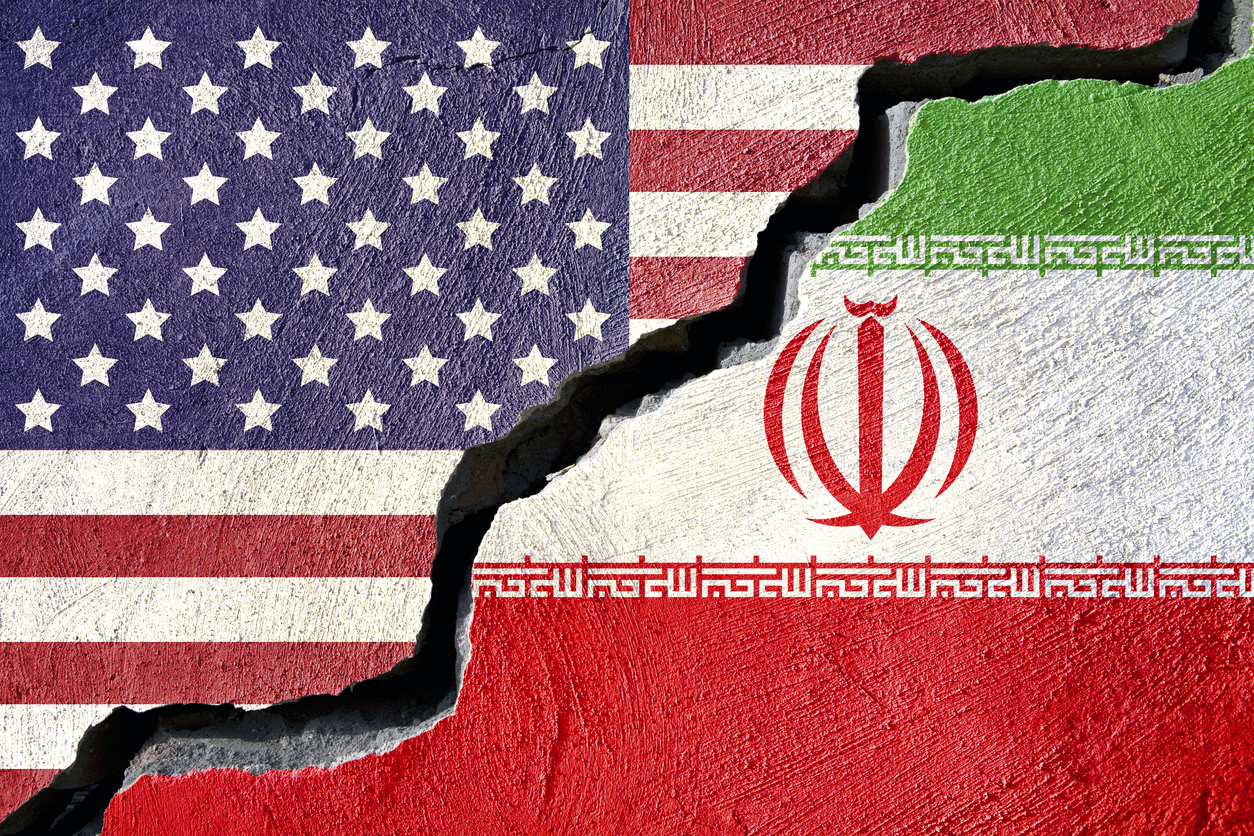
Decision Making in United States History: Operation Ajax
Think of a time when you said to yourself, “Ugh! That was a mistake,” or “How could I have done that?” or “I should have thought that through!” We have all made decisions that we came to regret, some small and some, unfortunately, very significant.

Leaving a Mark: Annotation Strategies for Deep Learning and Discussion
In content areas that rely on students understanding and then applying information from images and documents, it can be difficult to know what is happening in students’ heads as they read and analyze.
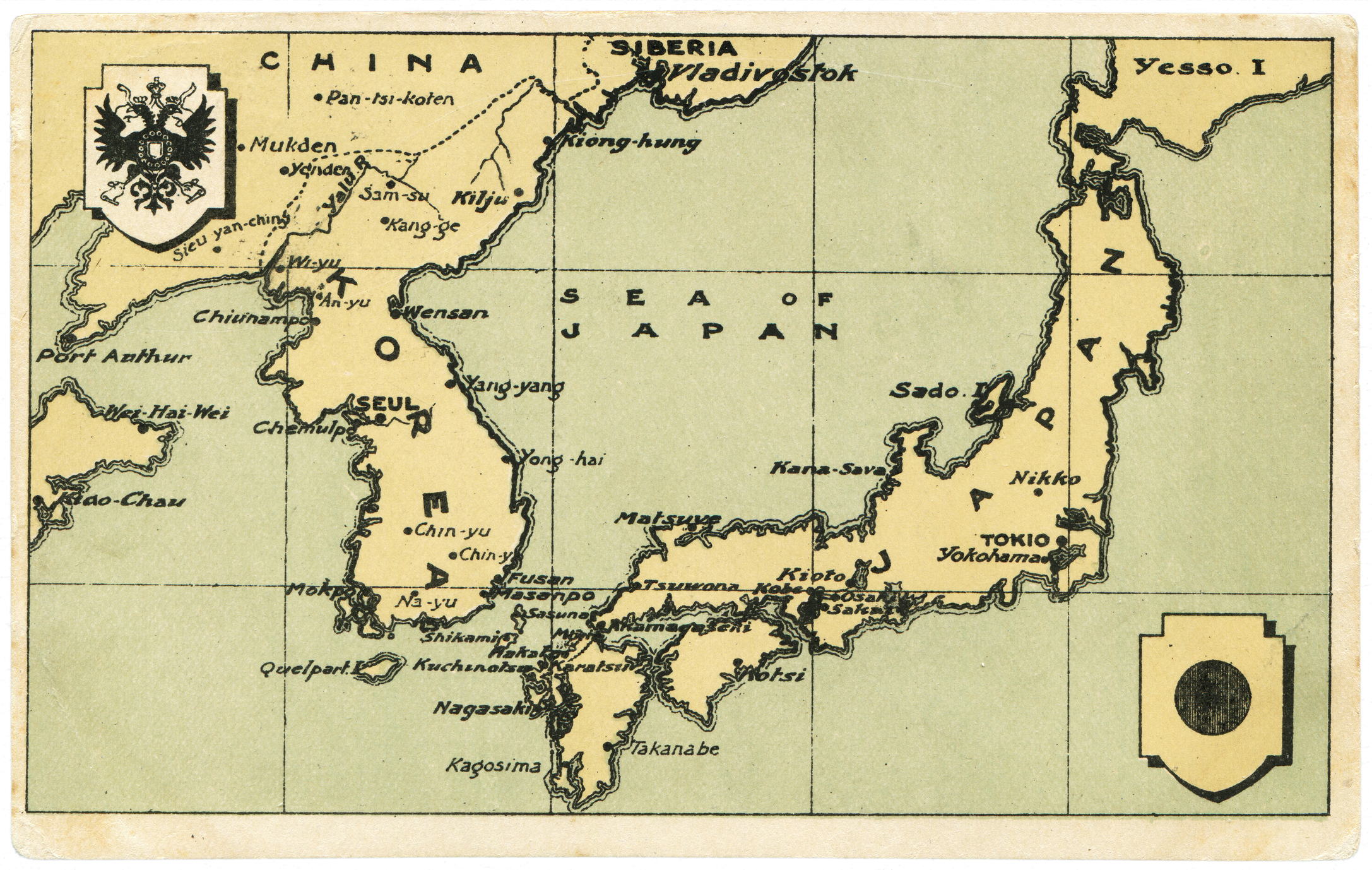
Decision-Making World History Lesson: The Opening of Japan in 1853
Social studies teachers are constantly looking for ways to engage students in the learning process.

Amplifying Social Studies Instruction with Content and Language Support Strategies
One of the most powerful pictures I ever saw in education was the image of students of different shapes and sizes in front of the fence that represents “equality” and then those same students standing on boxes that represented “equity.
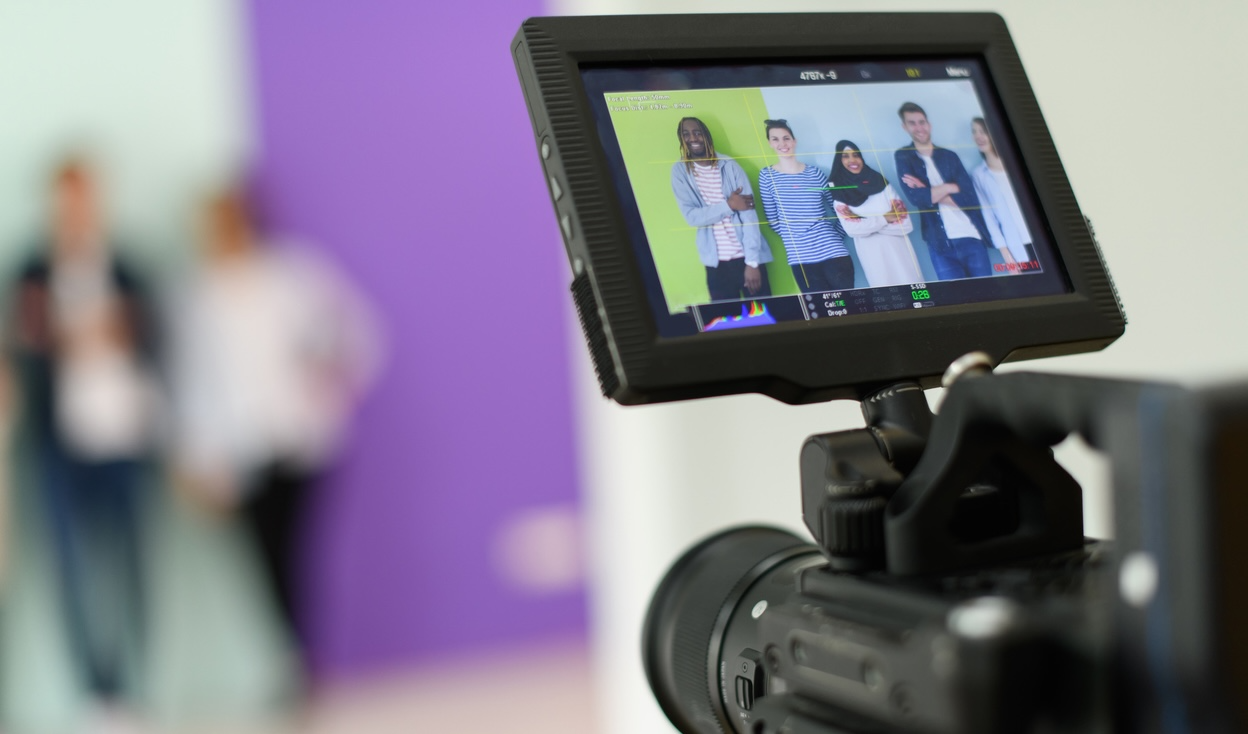
Hearing History from Those Who Lived It: Collecting Oral Histories in the Classroom
In the wake of the COVID-19 pandemic and other historical events, social studies teachers have a unique opportunity to inspire students to create their part of historical record.
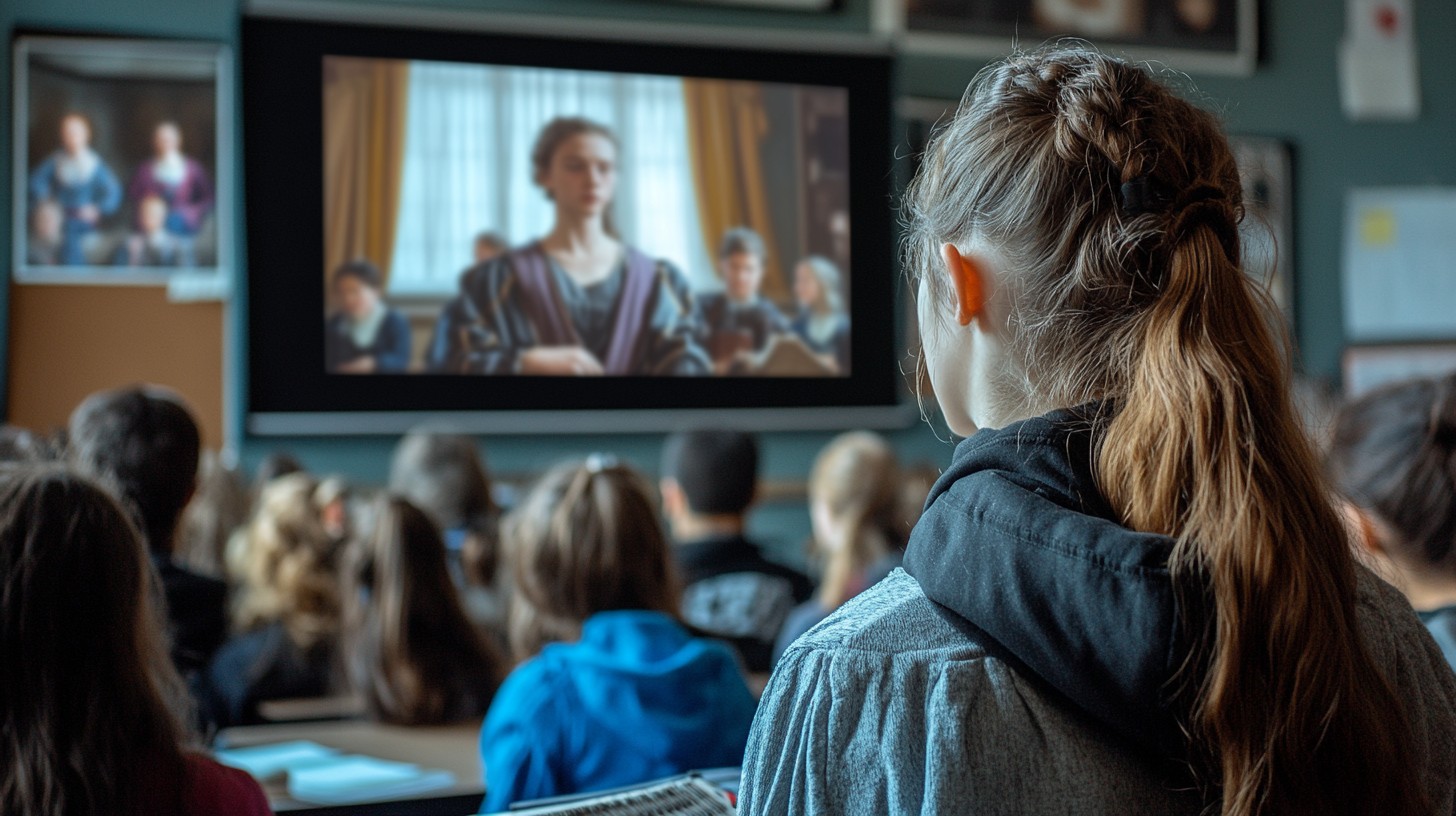
Lights, Camera, Action! Using Movies to Engage Students in the Social Studies Classroom
When I was a student, watching movies was often reserved for teacher absences, commemorations, or rewards.

Teaching Balanced History in a Polarized World: Empowering Educators with C.O.R.E., H.E.A.R.T., and AI
Political tensions and polarization are having a direct impact on our social studies classrooms.
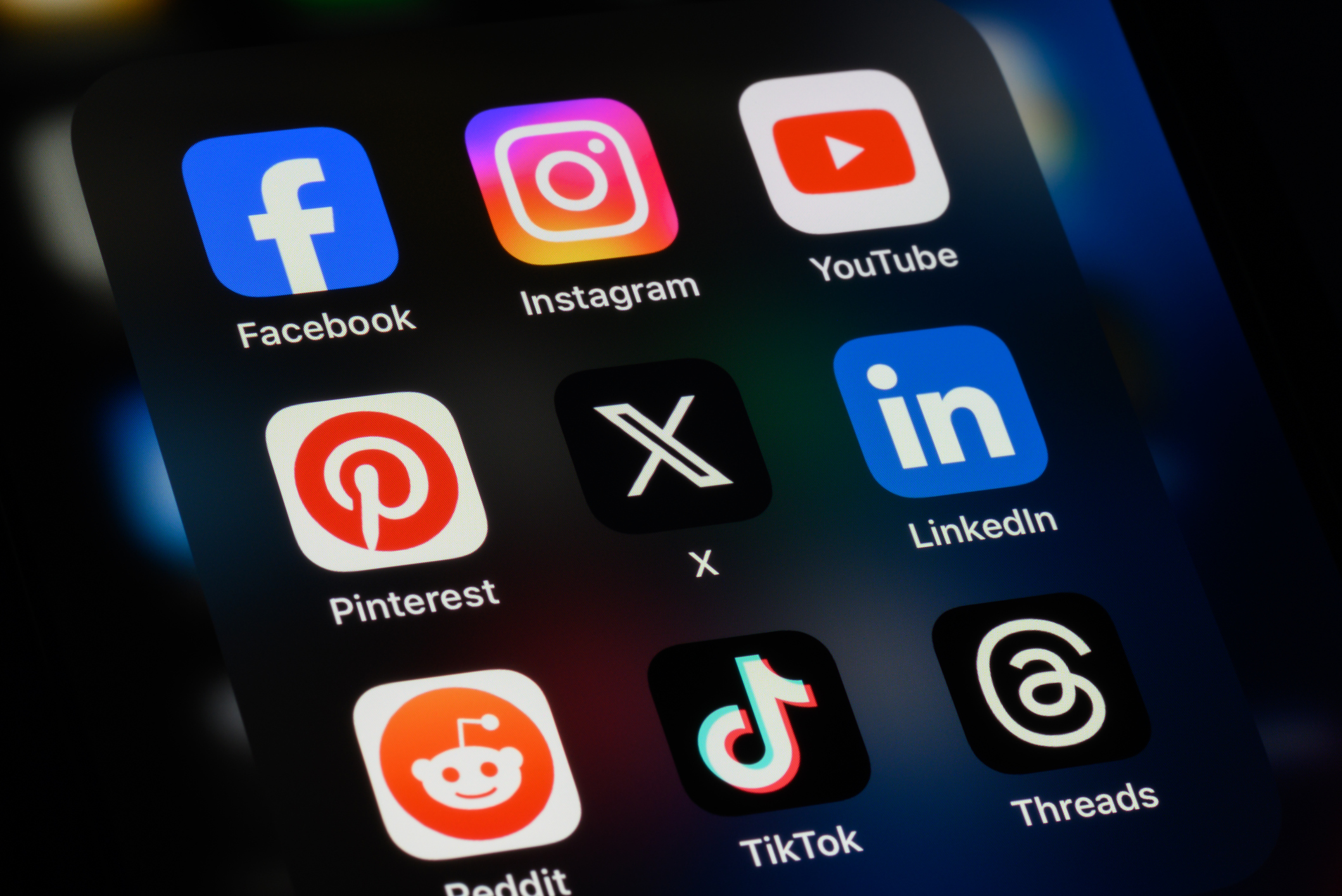
Memes and More: Leveraging Social Media in the Social Studies Classroom
Social media: it’s frequently the object of students’ focus and the bane of our existence as teachers.